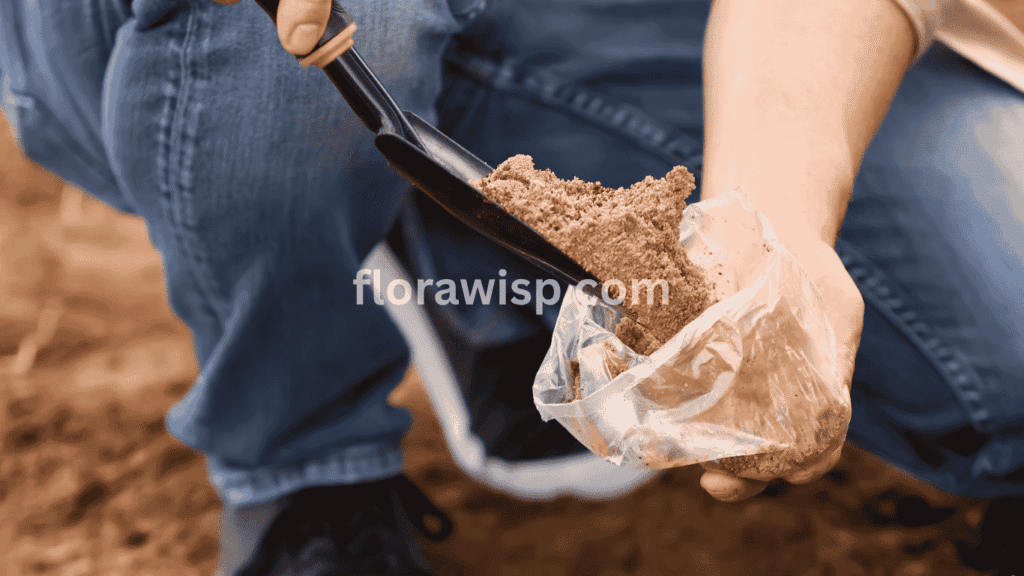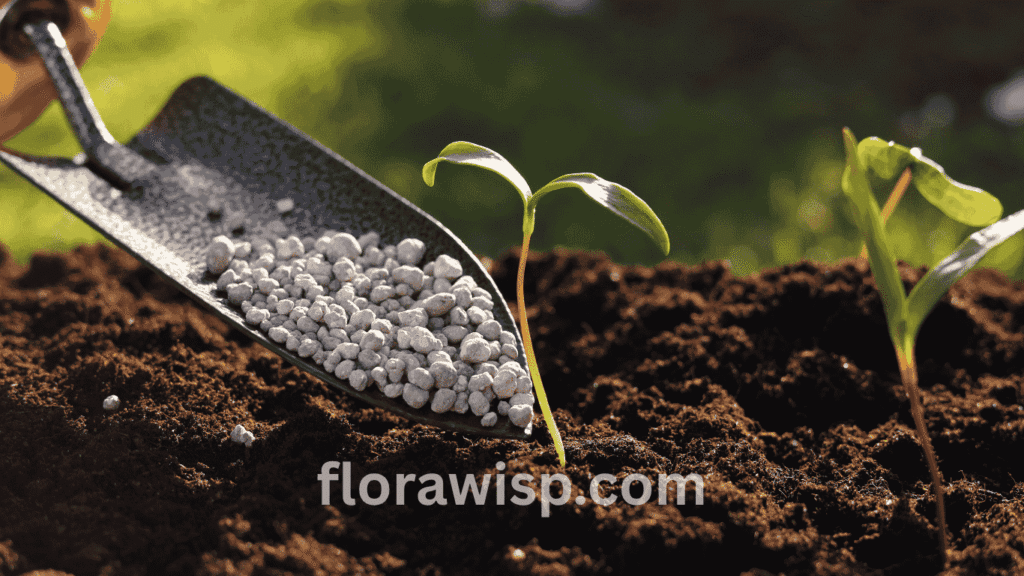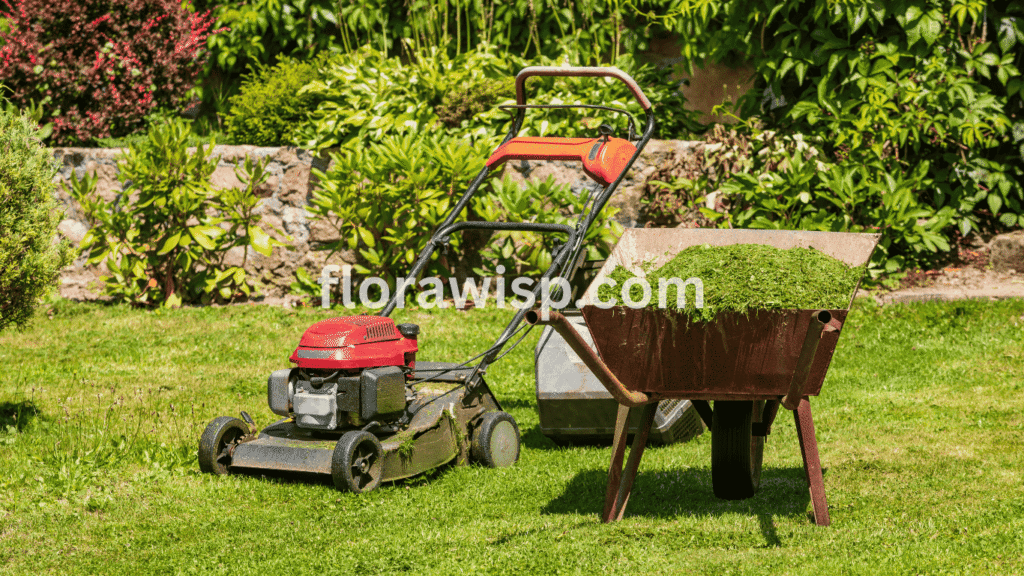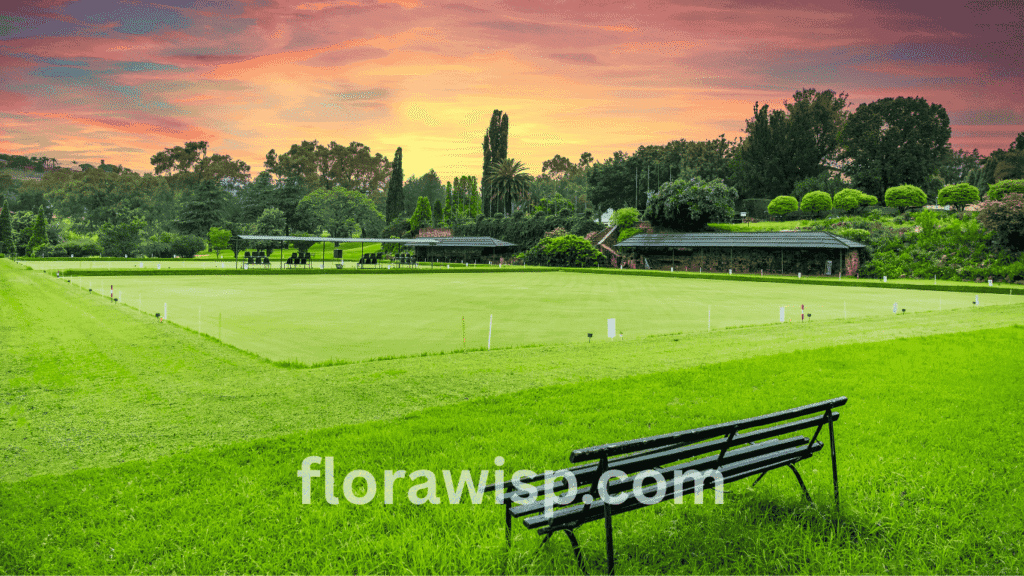Discover expert tips for growing Bermuda grass in Georgia. Learn when to plant, scalp, fertilize, and care for your lawn to keep it healthy and lush all season. Living in Georgia and managing a lawn is a unique experience, especially when you’re working with warm season grasses like Bermuda, Centipede and Zoysia. Known for its heat tolerance, fast growth, and lush green appearance, Bermuda grass is one of the best choices for homeowners in the South. But, to unlock its full potential, you need the right timing, techniques, and seasonal care.
In This Article
Over the years, I’ve learned that timing and local insight are everything. Whether you’re planting new grass or reviving an old patch, these 10 must-know secrets will help you grow a thick, vibrant lawn. If you’re just getting started, be sure to check out our detailed guide on Bermuda Grass North Carolina for step-by-step instructions tailored to local growing conditions.
1. Why Choose Bermuda Grass for Your Georgia Lawn?

Bermuda grass is perfectly suited for Georgia’s hot, humid summers and mild winters. It’s a warm-season turf that performs exceptionally well under full sunlight, withstanding high foot traffic and recovering quickly from wear. This makes it an ideal choice for family yards, sports fields, and even commercial spaces.
What sets it apart is its vigorous growth and drought tolerance. Varieties like Tifway 419 and TifTuf have been developed with Georgia’s climate in mind, offering excellent resistance to disease and prolonged dry spells. In my experience, Bermuda grass recovers faster than other warm-season grasses after heavy use or extreme weather conditions.
It also offers a dense, carpet-like texture that helps suppress weeds naturally when properly maintained. Whether you’re establishing a new lawn or renovating an old one, Bermuda grass delivers reliability and aesthetics in equal measure.
2. When to Plant Bermuda Grass in Georgia (Seed vs Sod)
Timing is crucial when planting Bermuda grass in Georgia. The best window is from late April to early June, once soil temperatures reach a consistent 65°F or more. This period gives Bermuda grass the ideal environment for germination, root establishment, and strong growth before the peak summer heat arrives. If you’re wondering about the best time to plant grass seed in general, this same temperature threshold applies to most warm-season varieties.
Seed: A cost-effective choice for covering large areas, seeding requires patience and dedication. You’ll need to keep the soil consistently moist for 2–3 weeks and mow carefully to promote lateral spread. For homeowners considering Planting Grass Seed in Spring, the same principles apply consistent moisture and timing are what drive success.
Sod: While pricier, sod provides an instant green lawn that can handle foot traffic within 3–4 weeks. I’ve used sod installation for clients who wanted immediate curb appeal or had erosion-prone areas that needed fast stabilization.
Case Insight: In May, I guided a family in Macon through seeding their 4,000 sq ft yard. With consistent watering and mowing, they achieved over 90% coverage by week six, proving that timing and persistence pay off.
3. How to Care for Bermuda Grass in Georgia
Georgia’s red clay soil and unpredictable weather present unique challenges for Bermuda grass care. Beyond the basics of mowing and watering, success here comes from tuning into your lawn’s microenvironment.
Adjusting Soil pH for Optimal Growth

One often-overlooked technique is soil pH management. Bermuda grass prefers a slightly acidic to neutral pH (5.8–7.0). In my own yard near Athens, I noticed patchy yellowing despite regular fertilization. A soil test revealed a pH of 5.2 too acidic for optimal nutrient uptake. After applying lime, the grass bounced back within weeks. A yearly soil test can prevent months of guesswork.
Preventing and Managing Soil Compaction
Georgia-specific tip: watch for compacted zones near footpaths or play areas. Heavy rainfall common in spring can worsen compaction, especially in clay-heavy regions. Aerate these spots more frequently, or install stepping stones to redirect traffic.
Localized Fertility for Balanced Growth
Also, consider localized fertility plans. Shady or low-lying areas often grow more slowly. Instead of blanket-feeding the entire lawn, apply slow-release nitrogen in stages. This reduces runoff and helps your lawn grow evenly.
Handling Heat Stress in Peak Summer
Lastly, monitor heat stress in July and August. When temperatures exceed 95°F, Bermuda can go into survival mode. Temporarily raising mowing height and providing deep evening watering twice a week can keep it vibrant without overstressing the turf.
These region-specific care habits not only boost lawn performance they help your Bermuda grass thrive year after year in Georgia’s unique growing conditions.
4. When and How to Fertilize Bermuda Grass in Georgia

Fertilizing Bermuda grass properly keeps it lush and green throughout the growing season. Begin once the grass fully greens up in spring, typically mid-April, and continue through early September.
Monthly Plan:
- April to June: Use a high-nitrogen blend (like 16-4-8) refers to the N-P-K ratio, which stands for: 16% Nitrogen (N), 4% Phosphorus (P) and 8% Potassium (K) every 4–6 weeks to fuel growth.
- July to August: Monitor stress and cut back slightly on feeding if the grass shows signs of heat stress.
- September: Apply a lighter dose to prepare for dormancy.
Slow-release nitrogen fertilizers work best, providing nutrients steadily and reducing the risk of burning. I prefer organic blends where possible they’re gentler and improve soil health over time.
Tip: After each feeding, irrigate lightly to help nutrients soak in. A neighbor in Gwinnett County improved his turf color and thickness drastically after switching to slow-release fertilizers and syncing applications with mowing.
5. The Best Height for Bermuda Grass in Georgia

Bermuda grass should be maintained at a mowing height of 1 to 1.5 inches. This promotes dense lateral growth, suppresses weeds, and improves the lawn’s overall appearance. In peak summer, twice-weekly mowing may be necessary due to fast growth.
Never remove more than one-third of the grass height in one session. Doing so stresses the plant and can result in scalping, which weakens the root system and invites weeds.
Keep mower blades sharp for a clean cut dull blades tear the grass, making it susceptible to disease. I recommend a reel mower for finer Bermuda varieties, especially in residential lawns with level terrain.
In my own lawn, adjusting mowing frequency and blade sharpness improved turf uniformity within a month. Consistency is key; even a simple habit like cleaning mower blades regularly can prevent many problems.
6. When to Scalp Bermuda Grass in Georgia

What is scalping and why it matters:
Scalping is the process of cutting grass very low in early spring to remove dormant, brown foliage. This clears the way for sunlight to hit the soil and encourages faster green-up.
Best time to scalp in Georgia’s zones:
In Georgia, the ideal time to scalp Bermuda grass is mid to late March, just before the lawn begins greening. This timing syncs with rising soil temperatures and jumpstarts the growing season.
Scalp vs Dethatch:
Scalping removes top growth, while dethatching targets the thatch layer between the grass and soil. Scalping is a spring prep step; dethatching is more invasive and used only when thatch buildup exceeds 0.5 inches.
Personal Tip:
In my first season of scalping, I noticed a 10-day faster green-up in areas that were scalped compared to those that weren’t, especially in shaded or slow-to-warm spots. After scalping, water lightly and delay fertilization until consistent green-up begins.
This single, simple act sets the tone for a lush, healthy lawn by early April.
7. When Does Bermuda Grass Go Dormant in Georgia?
Dormancy in Bermuda grass typically begins in late October through early November. The lawn turns a tan color, but it’s not dead just conserving energy during cooler months.
Avoid fertilizing during dormancy, as nutrients won’t be absorbed and may leach into the soil unnecessarily. Instead, focus on weed control and reducing foot traffic to avoid compaction.
In colder parts of North Georgia, dormancy can start earlier, sometimes by mid-October. I often advise clients to do a final mow in late October and winterize their irrigation systems at the same time.
Come spring, a properly managed dormant lawn will green up faster and more uniformly.
8. Monthly Bermuda Grass Calendar for Georgia
| Month | Task |
| March | Scalp, pre-emergent weed control |
| April | Fertilize, aerate |
| May – June | Mow frequently, irrigate weekly |
| July | Monitor heat stress |
| August | Apply light fertilizer |
| September | Prep for dormancy |
| October | Final mow, stop fertilizing |
This calendar provides a seasonal rhythm that keeps your lawn healthy. Print it out or save it for monthly reminders.
9. Common Problems with Bermuda Grass in Georgia
Yellowing Grass: Often a sign of overwatering or nutrient imbalance. Apply an iron supplement or check for compacted soil.
Thin Areas: Bermuda grass in georgia doesn’t do well in shade. If you notice thinning under trees or structures, prune to increase sunlight or consider shade-tolerant alternatives.
Weeds: Usually caused by skipping pre-emergents or poor mowing practices. I always recommend a lawn inspection every 4–6 weeks to catch problems early.
One of my clients in Savannah saw a transformation after aerating, adjusting mowing height, and applying iron sulfate in yellowing areas. Within three weeks, the lawn had even color and improved density. You can also compare how these issues differ in Bermuda Grass in Texas, where soil types and climate create unique challenges.
FAQs
Q. What is the best height for Bermuda grass in Georgia?
The best mowing height for Bermuda grass in Georgia is between 1 to 1.5 inches, which helps the grass grow densely and resist weeds. From my personal experience managing Bermuda lawns across humid Georgia summers, mowing below 2 inches encourages lateral growth that fills in bare spots faster. Just make sure your mower blades are sharp, scalping can stress the lawn, especially during peak heat.
Q. When can I overseed Bermuda my lawn in Dallas, Texas?
The ideal time to overseed Bermuda lawns in Dallas, Texas is late spring to early summer, once soil temperatures stay above 65°F consistently. In my work with clients in similar Southern climates, I always recommend waiting until after the last frost. Overseeding too early delays germination, and too late puts new seedlings under heat stress. Always mow low and dethatch beforehand for good seed-to-soil contact.
Q. What is the best Bermuda grass seed for Georgia?
‘TifTuf’ and ‘Princess 77’ are among the best Bermuda grass seeds for Georgia due to their drought tolerance and fine texture. I’ve tried multiple varieties on both clay and sandy soils in Georgia. TifTuf stays green longer during dry spells, while Princess 77 looks stunning for lawns where aesthetics matter. Just match the seed to your sunlight level and both need full sun for optimal results.
Q. How often to water Bermuda grass in Georgia during peak summer vs. early spring?
Water Bermuda grass deeply 2–3 times a week in summer and once a week in spring, adjusting based on rainfall. Georgia summers can get brutal, especially in red clay areas where drainage is tricky. I recommend watering early in the morning to avoid evaporation and fungal issues. In spring, reduce frequency to promote deeper root growth. I always track rainfall with a simple gauge and adjust accordingly.
Q. How to reseed Bermuda grass after bare patches ?
Reseed Bermuda grass in late spring by scalping, dethatching, spreading seed, and keeping it consistently moist for 2–3 weeks.
I’ve overseeded many community lawns and athletic fields, and what works best is a light topdressing of compost or sand after spreading seed. Also, fence off heavy-traffic areas temporarily to give seedlings a chance to root strong before mowing.
Q. When does Bermuda grass come out of dormancy in Georgia?
Bermuda grass comes out of dormancy in Georgia between late March and early April, when soil temperatures reach 65°F consistently. The first green shoots usually show up after two weeks of steady warmth. I recommend a light nitrogen feeding around this time to jumpstart growth. Avoid heavy watering or mowing too early, wait until 50% of the lawn has greened up naturally. I’ve found this transition smoother with consistent sunshine and soil temperature checks using a simple probe.
Final Thoughts
A thriving Bermuda lawn in Georgia isn’t just about planting at the right time. It’s about year-round care, timing, and knowing your local conditions.
By following this guide, you’ll have the tools and knowledge to cultivate a healthier, more vibrant lawn.
Next Step: Bookmark this guide and explore our How to Plant Bermuda grass seed article for everything you need to know about starting and growing a healthy Bermuda lawn.
References
University of Georgia Extension on Bermuda Grass
Turfgrass Management Calendar – UGA CAES
NTEP (National Turfgrass Evaluation Program)
Gardener, M.Sc. Horticulture
Elara Bennet is a gardening writer from Austin, TX, passionate about sustainable lawns and blooms. Read full bio →








